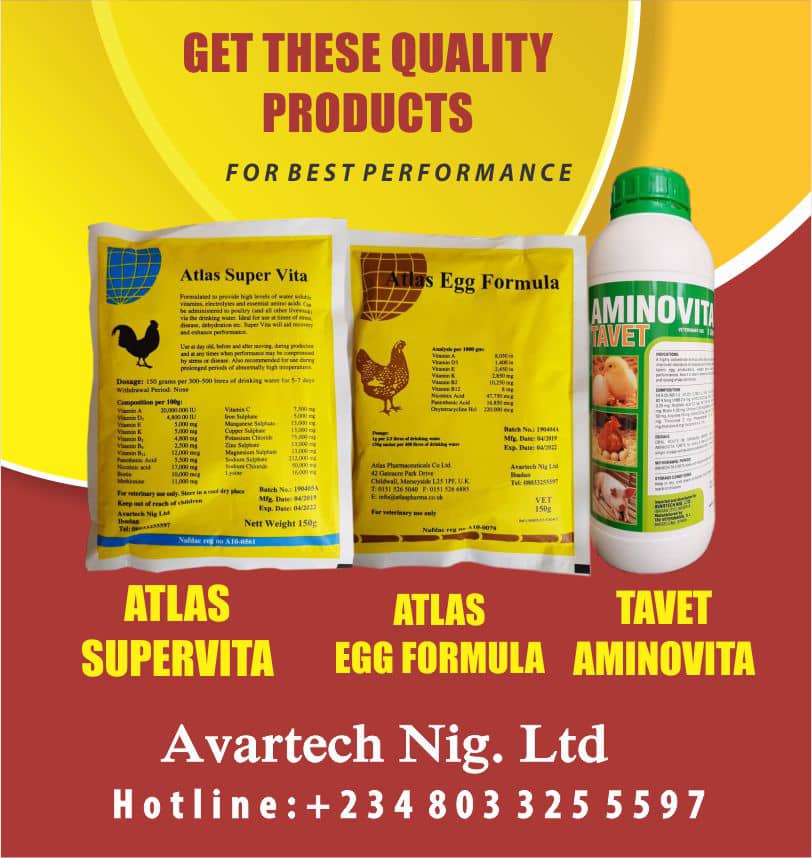Chick Performance: Better Safe than Sorry
There is no silver bullet to tackle mycotoxin threats. To reduce the risk to bird and business health, a targeted approach is needed consisting of different tools evaluating the mycotoxin risk and safeguarding the feed and the animal from mycotoxins.
 Learn More
Learn More
In total, more than 700 different mycotoxins have been identified, and some of them, like Aflatoxin (AFLA), Deoxynivalenol (DON), Zearalenone (ZEA), Fumonisin (FUM), T-2 and Ochratoxin (OTA) are major causes of economic losses to the agricultural industry.

Weather conditions during growing season
Weather conditions during the growing season are the most influential parameters for mycotoxin production, causing high year-to-year variation. Some years, mycotoxin contamination levels exceed the EU guidance levels, while many years report low level contamination. Adding more complexity is the fact that mycotoxin co-contamination is the rule rather than the exception; and while individual mycotoxins present a threat, synergistic effects of multiple occurring mycotoxins and their interaction with diseases are more critical to health.
A defined strategy is needed
Mycotoxins give rise to many different pathological effects in animals, leading to decreased performance and welfare. While poor animal performance is of economic importance, the effect of many mycotoxins on the immune system of the animals is of increased concern. Research shows several mycotoxins could impact vaccination efficiency, and/or increase the susceptibility of animals to viral, bacterial and parasitic diseases. This is not to forget the well-known negative impact of mycotoxins on the intestinal morphology and function compromising gut health. It is clear that mycotoxins:
are produced by moulds growing on feeds and their raw materials
occur seasonally and pose difficulties in evaluating the mycotoxin risk
negatively impact animal health and performance.
READ ALSO: Coccidiosis In Chicks: Clinical Signs
Consequently, there is no single solution for coping with mycotoxins: a defined strategy is needed.
A mycotoxin management toolbox
As the silver bullet for mycotoxin management is non-existent, a complete strategy focusing on the preservation of feed and raw materials, as well as monitoring their contamination and protecting the animal deserves attention.
TOOL#1 – Tackle the cause of the problem with a preservative
The first step in managing mycotoxins is to prevent mycotoxin production by moulds in feed and raw materials. While crops are growing, mould presence is hard to control and highly dependent on variable factors like the weather. During storage, it is easy and practical to use an effective mould inhibitor to preserve feed and raw materials.
TOOL#2 – Evaluate the risk with routine mycotoxin screening
As mycotoxins are emerging as major contaminants of feeds and raw materials, it is important to evaluate their prevalence. Proper sampling procedures of feed and raw materials need to be established to allow a correct estimation of the mycotoxin risk.
ATTENTION: Click “HERE” to receive More updates directly on your WhatsApp!
Several methods are available for mycotoxin detection, all with their own advantages and limitations. For example, ELISA can be used as a rapid in-field detection method, while LC-MS/MS is a more specific and sensitive method for the detection of mycotoxins but requires specific lab skills.
READ ALSO: 6 Things Poultry Producers Can do to Cut Antibiotics Further
TOOL#3 – Protect the animal with a mycotoxin binder
Clearly, the presence of mycotoxins in feeds poses a heavy burden on the health of the animal. Consequently, the protection of the animal is a must, preferably by a preventive strategy. The strategy to safeguard your animals is the use of a mycotoxin binder, consisting of adsorbents that bind the relevant mycotoxins along the gastrointestinal tract, thereby reducing mycotoxin bioavailability and promoting their excretion from the animal’s body. Activation of different adsorbing ingredients ensures broad-spectrum binding efficacy over a wide pH range. Since no single adsorbent is effective against all relevant mycotoxins, a combination of activated binding agents can meet the essential requirements for a broad-spectrum mycotoxin binder.
Watch video: 🌹DEAR FARMERS, SEE THE 6 TYPES OF FARMERS THAT WILL BE BIG TIME LOSERS IN 2023
Valentine Van Hamme,















